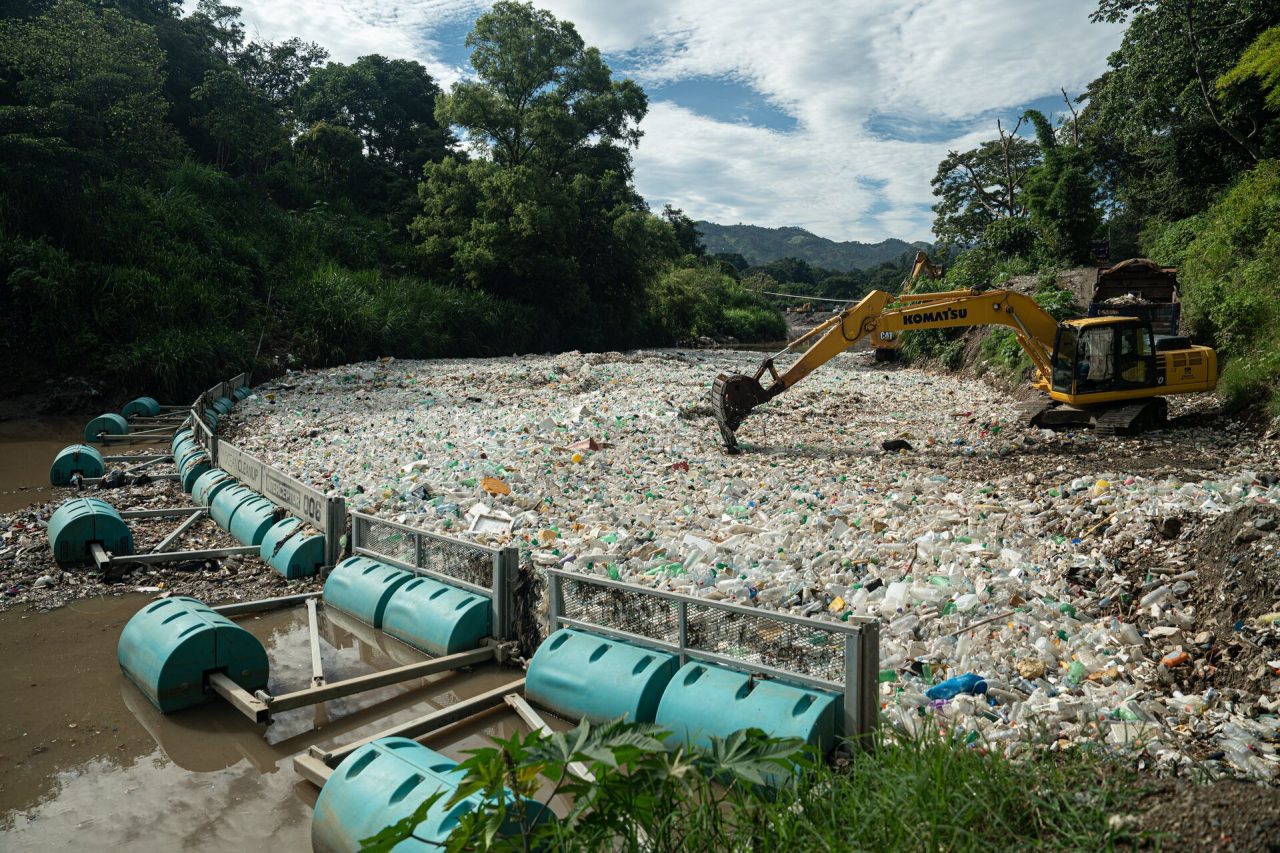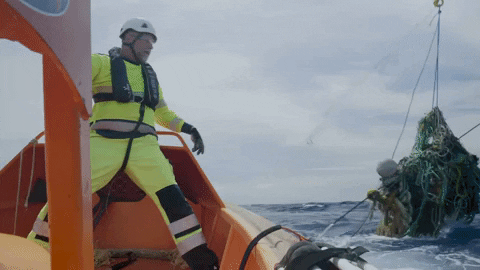Rise velocity of small polyolefin plastics in a seawater tank exposed to natural conditions in Hawai’i
September 2025, article in a peer-reviewed journal
Environmental Research Communications
Abstract
Floating plastic is ubiquitous at the ocean surface, but the transport mechanisms associated with the type of particle and the effect of environmental parameters, including the presence of a biofilm on the polymers, are very limited. The type, shape of the particles, as well as the presence of a biofilm affect the plastic object’s buoyancy and alter the effect of photodegradation, hence impacting the distribution and sinking behaviors of discarded plastics in the marine environment. In this study, we assess the effect of the surface area to volume ratio and of biofouling on the rise velocity of positively buoyant polyolefins in the water column in environmentally relevant marine conditions. To establish the parameters that influence the transport of plastics and enhances their removal from surface waters, we conducted a long-term monitoring experiment within a flow-through aquaculture system on O’ahu, Hawai‘i, using high-density polyethylene (HDPE), low-density polyethylene (LDPE), and polypropylene (PP) of three different microplastic sizes and shapes (films, rods, and cubes). Rise velocity results show that HDPE is more prone to remain suspended in the water column compared to LDPE and PP, and that across all three polymers tested, the films and smaller particles have the slowest rise velocity rates compared to rods and cubes of small, medium, and large sizes. When considering the different shapes and sizes, the surface area to volume ratio shows the greatest influence on rise velocity. In addition, the results demonstrate that biofilms positively influence the sinking behaviors of floating polymers when comparing treatments exposed and not exposed to seawater. This study provides some of the first empirical data that can be incorporated into numerical models assessing parameters influencing plastic rise velocities of various shapes and sizes to assist in more accurate predictions of the fate and transport of positively buoyant plastics in the ocean.

